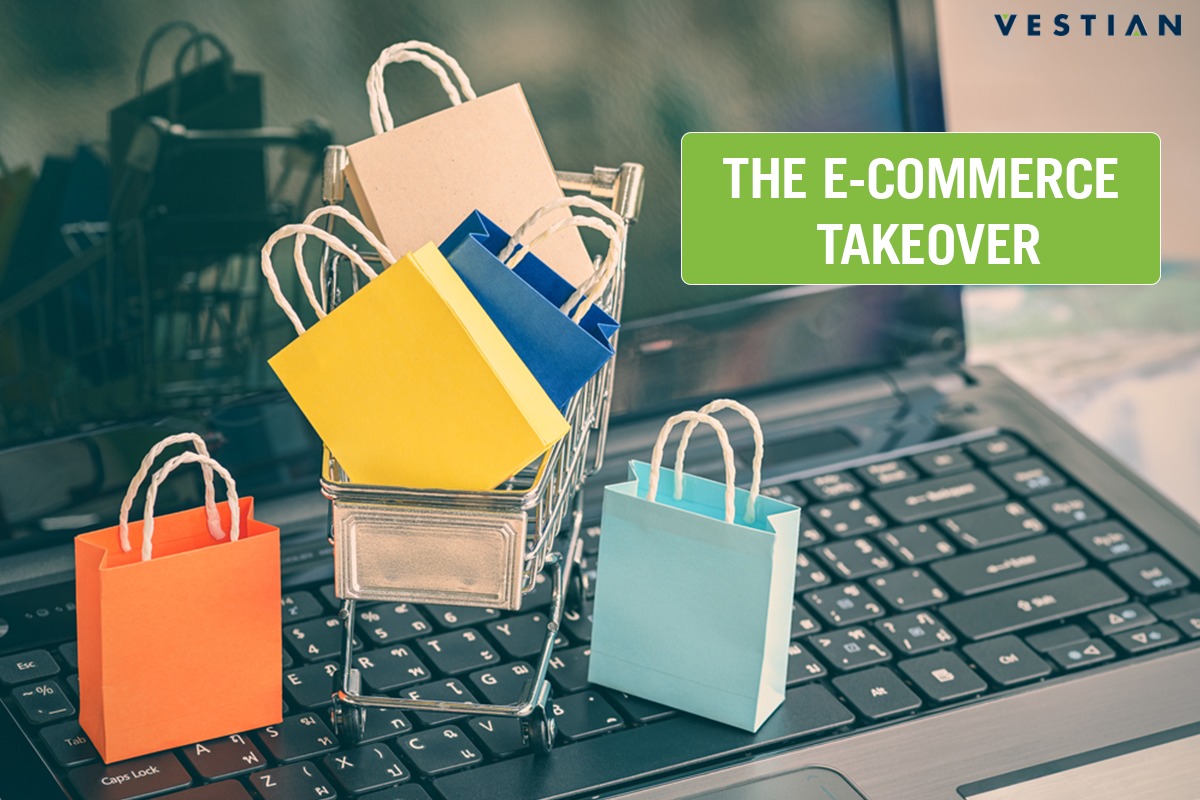There has been an overhaul in the retail industry primarily due to the change in the customer behaviour and buying pattern. Keeping this in mind retailers have started to revamp their stores and selling techniques. Customers altering approach and buying behaviour via smartphones/online, is facilitating the growth for omnichannel retail. People are now using smartphones to locate stores and search for products online for purchase. According to Business Insider, by 2020, $503 billion sales will be through mobile payments. Currently, 70% of all mobile users are using mobiles to make payments. Examples of such systems are mobile POS systems, Kohl's Pay and Apple Pay.
In the first of the series on retail, we take a look at the changes in the retail environment and how retailers are adapting to this new retail-scape
The changes:
E-shopping: E-commerce has taken a turn, and is booming with people ordering books, clothes and electronics online. Further as per a study; “Trends in Retail Industry 2020” conducted by KPMG and the EHI Retail Institute, local retail stores will continue to remain the first point for consumers, followed by e-commerce. However, stores that do not have an online presence will unquestionably lose the race.
Exceptional shopping experience: This will be another key differentiator that will propel sales. It stems from the fact that many a times; customers fancy advice or wish to buy products with an added service. For E.g. Imagine a store with a live kitchen that adds an emotional touch. Such an experience will not only enhance the look and feel of the product for the customer, but provide a new buying experience too.
Extended packaging: Is an attractive way of shopping, where customers while scanning products are given added information such as allergy alerts in foods. Some other options are, a salesperson assisting a customer while buying. In case a salesperson is unavailable, there are iPads available at the store that can help scan the barcode and check for the required product and its details.
Big Data and analytics: While consumer behaviour was always at the heart of any retail strategy, it was restricted to a few larger brands. That is not so anymore. All retailers have begun making an effort to understand consumer behaviour. Perhaps, one of the more prominent examples is Amazon that shows recommendations for similar products as per customer’s search parameters. Data analysis will go a long way in ensuring that retailers have the details of customer, right from data to supply chain and post-purchase service. Such kind of data will provide insights for stocking inventory on the basis of rejections and purchase details of the customer. Further through augmented reality, customers will get an experience of smart dressing spaces in fashion outlets, and glass touch screens at store fronts.
What kind of retailers will stay in the race?
The ones who provide that 'extra' bit:
Quality, transparency and sustainability: Customers no longer want the product alone, they want to know additional details like where the product is sourced from, how ethical it is etc. Generally, a customer tends to support brands that have an identity and typically purchase when they know where they are investing. Thus transparency is an essential element between a buyer and a seller.
Shipping Speed: This is another factor that has emerged high on the expectations scale with the rise of online shopping. Delivery speed is one of the biggest factor when it comes to online shopping, the new agenda for online retailers is to offer same day delivery of the products to customers, setting a higher level of expectation for the customers.
Omnichannel: With the heavy penetration of internet in our daily lives, retailers are taking an omnichannel approach when it comes to selling products online. For e.g. Dominos sells through Facebook Messenger while many others are taking to Instagram, Snapchat to sell goods and build brand loyalty. Photos are uploaded on Instagram by retailers to fulfill demands and lure shoppers into buying.
Entertainment: A visit to the mall is not restricted to shopping anymore. Besides shopping, malls act as great spaces for bonding and socializing. With various options available, consumers at the mall may also opt to dine out, watch movies or visit other entertainment venues such as arcades and bowling alleys. Additionally, malls are also optimising and re-inventing temporary and flexible spaces by accommodating different formats/ concepts/ stores such as flea markets, pop up stores, display areas and kiosks to create some kind of entertainment for the customer. The journey doesn’t just end here, are also engaging with customers on social media and other platforms to build deeper connections by creating compelling content. Such platforms are also being used, to create awareness about new brand and sales offerings.
